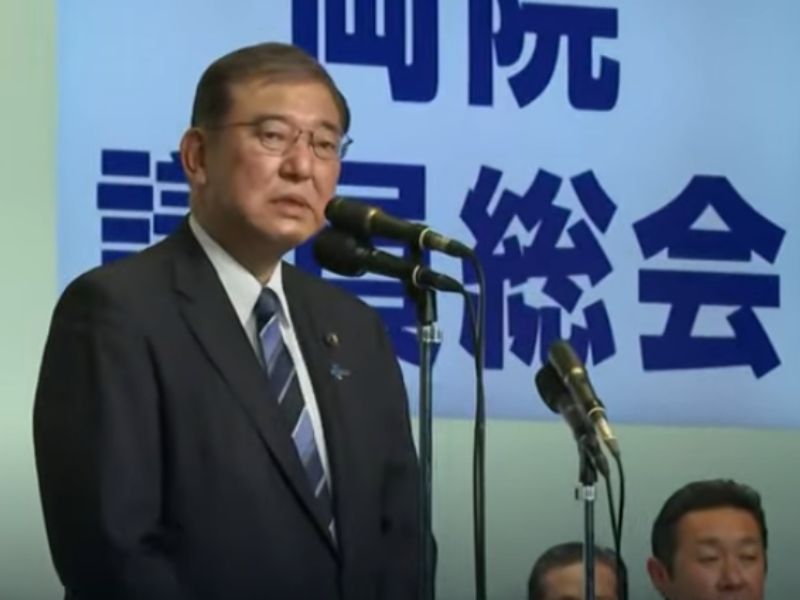
Japan’s ruling Liberal Democratic Party’s (LDP’s) newly elected leader Shigeru Ishiba’s political resume reads like the return of the prodigal son and his eventual ascent to power. The 67-year-old leader, about to be named prime minister, left the LDP in 1993 when it was deeply unpopular but returned to the fold four years later. A popular politician, he was nevertheless distrusted by some of the party faithful as a former defector.
Ambitious but aware of the feelings against him, he wrote in his memoir, ““If someone like me were to become prime minister, it would likely be at a time when Japan or the LDP is facing a major impasse. That decision will be made by heaven. Without divine will, such a thing would never happen,” recalls the Japan Times.
Leadership contest
Unsuccessful in his four previous bids to be party leader, he was the underdog this time, too.
He was trailing the favourite, the economic security minister Sanae Takaichi, who would have become the first Japanese woman prime minister had she won.
But as none of the nine candidates won a majority in the first round of voting, the election went into a runoff.
And Ishiba won, defeating Takaichi by 215 to 194 votes.
Those who opposed Takaichi, a hard-right nationalist and the most conservative candidate in the fray, extended their support to Ishiba.
Outgoing Prime Minister and LDP leader Fumio Kishida, who is not seeking re-election, said his policies do not align with Takaichi’s.
The new leader
The victory will be especially sweet for Ishiba as Takaichi is the disciple of his bete noire, Shinzo Abe.
In a previous leadership bid in 2012, Ishiba was defeated by Abe, Japan’s longest-serving leader, who was assassinated in July 2022.
Now elected leader, Ishiba faces the challenge of revitalizing a party tainted by a slush funds scandal and winning over voters ahead of a national election, which might be held by the end of the year.
The son of a long-serving LDP politician from Tottori, a rural region in western Japan, Ishiba has served as minister for defence and agriculture.
An avid collector of model planes and warships, he supports creating an Asian version of the NATO collective security framework that binds Europe and America together.
While he emphasizes the need for a strong Japan-US alliance, he has also called for revising the agreement that governs how American military forces operate in Japan in order to reduce what he sees as imbalances in the relationship.
Significantly, he wants to revise the war-renouncing Constitution to specifically mention the country’s Self-Defence Forces, in keeping with the LDP’s goal of ending the debate over the constitutionality of the armed organization.
Economic agenda, liberal streak
Hailing from a rural region, he promises an economic agenda focused on helping those corners of Japan that are most affected by its ageing demographics. He has also promised to create a disaster-prevention ministry to better prepare for earthquakes and other natural calamities.
On social issues, he has shown a liberal streak: he has declared support for giving married couples the legal right to keep separate surnames. He also supports same-gender marriage, says AP.
A vocal critic of former prime minister Shinzo Abe’s hawkish politics, he was long seen as a troublesome outsider by some party members. Now, as the leader, he represents a break from years of Abe’s influence over the party.
Some analysts believe that Ishiba was chosen as much for his image as a centrist who can counter challenges by the more liberal main opposition party as for his policy views.





